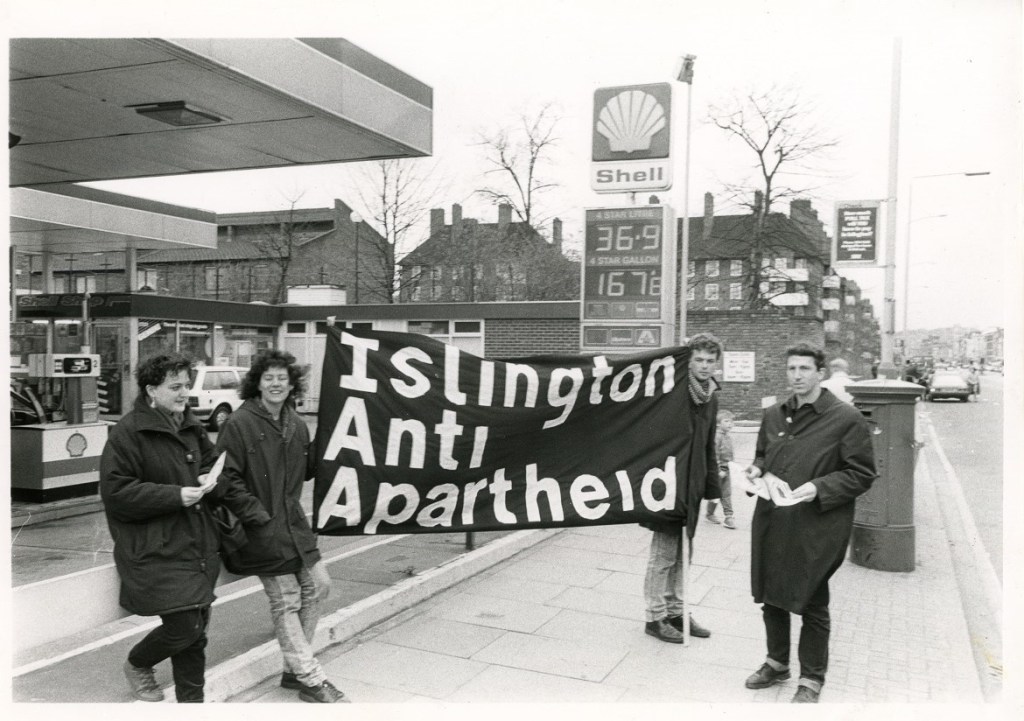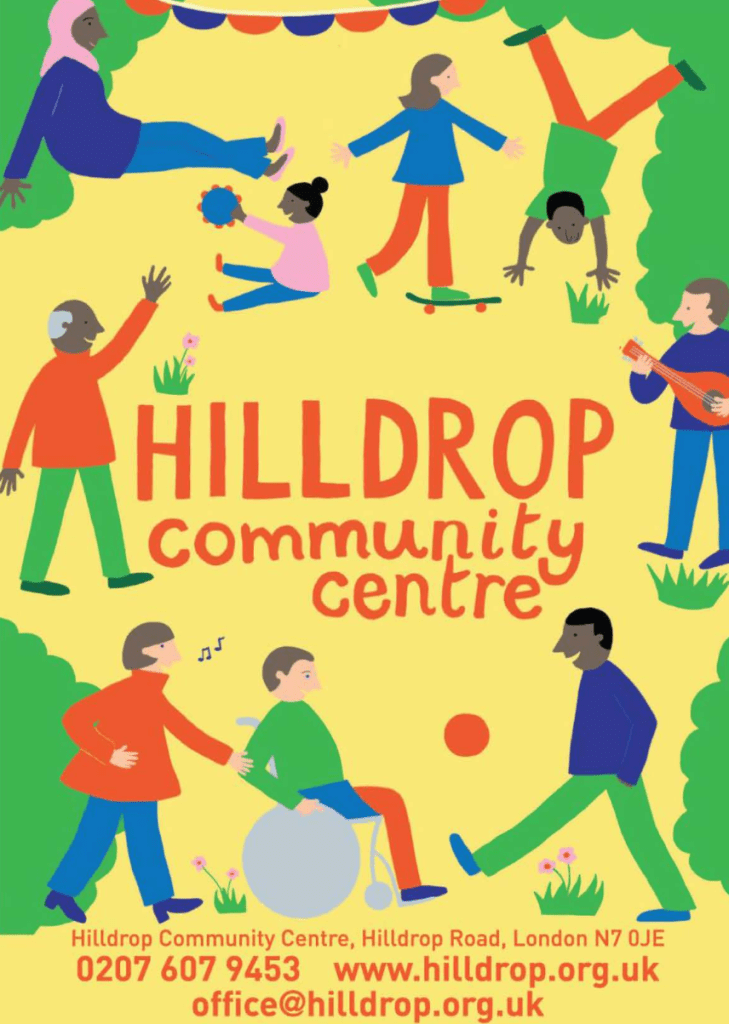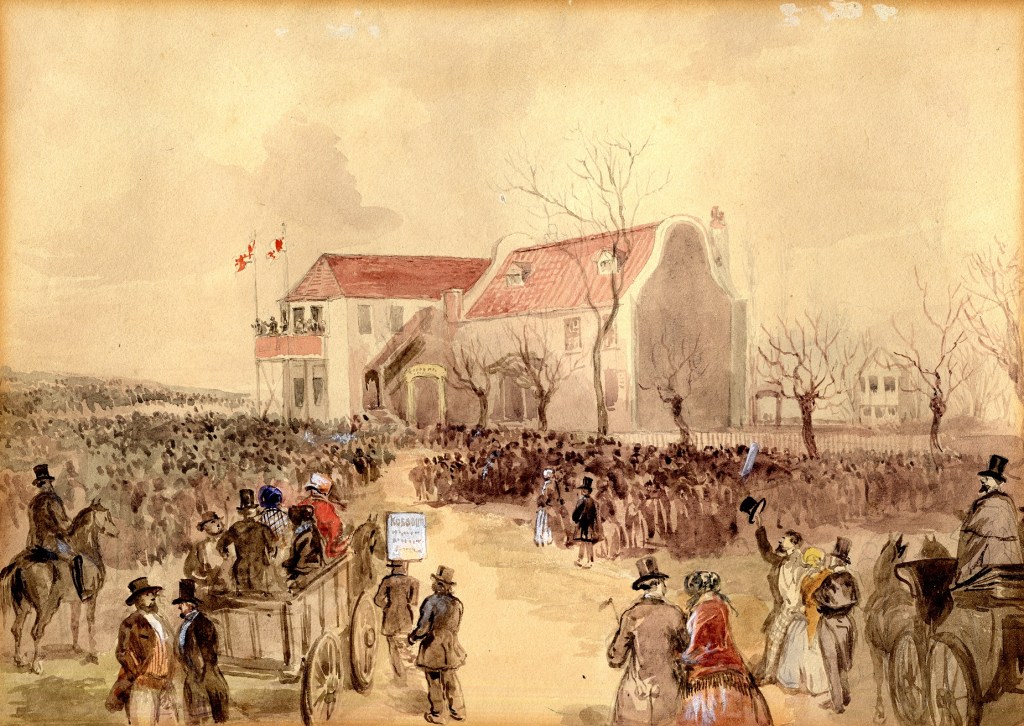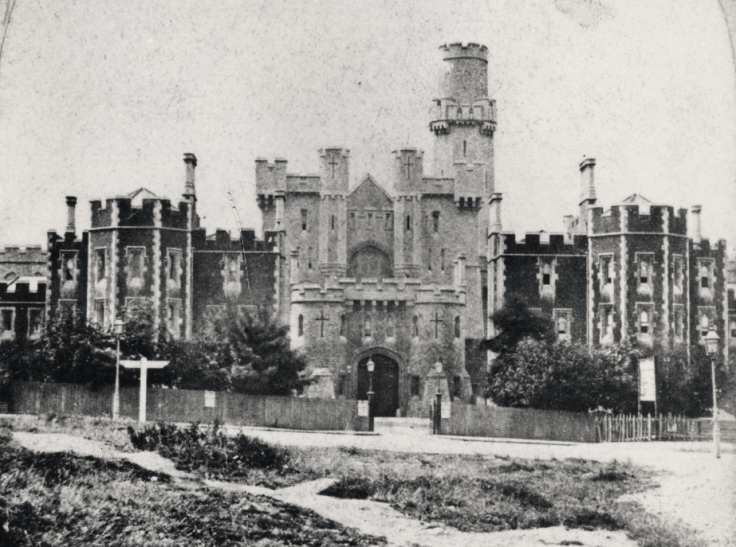Centred around Refugee Week 2020’s theme of ‘Imagine’, jump back in time to imagine the various situations faced by refugees and economic migrants that came to Islington. Presented by Islington Museum and Cally Clock Tower, in conjunction with Islington Guided Walks, Islington as a Place of Refuge is an online guided tour of sites in Islington that tell diverse stories from migrant history.
Whether it be to escape war, persecution or economic hardships, many refugee communities have come to Islington and found a base to start new lives, grow their livelihoods and fight injustice. To celebrate the rich diversity found within our borough, we explore the reasons why people have settled in Islington and the valuable contributions migrants have made to our borough. This online tour also highlights the struggles and discrimination some have faced upon arrival in Britain, demonstrating the difficulties many endure upon migration to a new country. Islington as a Place of Refuge investigates the plight of Hungarian and South African political refugees, German Jewish refugees, West Indian, Italian and Irish economic migration, and Somali war refugees.
Refugee Week (15-21 June) is a UK-wide festival celebrating the contributions, creativity and resilience of refugees, through a programme of arts, cultural and educational events alongside media and creative campaigns. This year we are being asked to explore the theme of ‘Imagine’. Because when things feel stuck; when the old ways of doing things are no longer working, that’s what we need to do. For more on Refugee Week, see: www.refugeeweek.org.uk

Islington is home to over 200,000 people, many of whom originally come from different corners of the globe. The stories represented in Islington as a Place of Refuge for Refugee Week 2020 have particular links to the Holloway area. Many more stories, documents and objects relating to migrant history can be found in Islington Museum and Local History Centre.
By 1848, a storm of discontent swept through European states, culminating in a series of republican revolts against monarchies. Beginning in Sicily, most of Europe tried, and failed, to implement a political revolution. The aftermath left many political activists repressed, disillusioned and often in need of refuge. A key figure of the Hungarian revolt was Lajos Kossuth, whose exile landed him in London for many years. His arrival to Britain was celebrated locally, with a rally held in Copenhagen Fields in Islington attended by 25,000-50,000 supporters. No longer ‘fields’, the site is now home to Caledonian Park and the Cally Clock Tower. Read more…
The Keskidee Centre was envisioned by Oscar Abrams, a Guyanese architect and cultural activist, in the 1970’s. A centre providing educational, social and cultural activities for a disadvantaged and primarily West Indian community in the borough of Islington, the Keskidee provided a thriving space for Afro-Carribean arts and theatre to flourish in Islington. This was the first dedicated arts centre in Britain for the black community and would continue to be an important hub for African and Afro-Caribbean politics and arts well into the 1980’s. Read more…
Italians have been settling in London for centuries, with a great many settling in Islington. Carlo Gatti left his Swiss-Italian home town in 1847 to go on to become a successful entrepreneur in Islington, bringing hot chocolate and ice creams to the masses. The plaque to his ice well on Caledonian Road remains an import reminder of Gatti’s personal legacy, and of the major role Italian culture played in shaping our borough and influencing what we eat. Read more…

Image: Fighting Apartheid in Islington. Copyright Morning Star, Courtesy Marx Memorial Library, London
Apartheid was official policy of institutional racism and segregation in South Africa between 1948 and 1994. It was a system designed to disempower black South Africans and ensure the white population remained in power. In the face of brutal repression, marginalised South Africans and their supporters fought against the apartheid regime, backed by people from all over the world. Many people in Islington joined the fight. They took part in demonstrations, boycotted South African goods, went undercover in South Africa and campaigned for political prisoners to be released. Islington was home to the African National Congress (ANC) London headquarters between 1978-1994, forming a base for actions around the country, and the ANC’s print shop in Islington at 1 Mackenzie Road would provide a to print materials promoting the Anti-Apartheid cause. Read more…

Stop 5: Paradise Park Children’s Centre
Image: Mayor Rakhia Ismail at Cally Clock Tower. Image courtesy of Islington Council
Paradise Park Children’s Centre is an important stop in Islington’s refugee and migrant history for its links with a key member of Islington’s Somali Community, Councillor Rakhia Ismail. Since 2014, Councillor Ismail has held her monthly Councillor Surgery at Paradise Park Children’s Centre, helping her local community with a variety of services. In May 2019, Councillor Ismail made history when she was elected as Islington’s incoming Mayor and the first ever female Somali Mayor in the United Kingdom. Islington has one of the largest Somali communities in Britain and as a local Somali resident and Councillor, Councillor Ismail has been at the forefront of supporting Somalis in London, alongside her wider role supporting her ward of Holloway. Read more…
Over the past three centuries Islington became a new home for thousands of Irish economic migrants, who brought with them many cultural traditions and the melodic sounds of Irish music. In the 20th Century, it was common to hear the sound of the Irish fiddle wafting out of windows and into the street from pubs such as the Favourite and the Victoria. Jimmy Power was one of the finest Irish fiddle players on the London-Irish music scene, bringing the sounds of his homeland to these Islington pubs in the 1960’s – 1980’s. Over time, many of the pubs that hosted Irish musicians have shut down or been revamped for the modern day, but The Victoria in Holloway still physically stands tall as a symbol of what once was. Read more…
Holloway Prison operated from 1852-2016, exclusively holding female and young offenders from 1903. Thousands of women were imprisoned there over its history. The story of women behind bars has long held the public imagination and many well-known prisoners have passed through Holloway’s doors. A vast array of experiences from Holloway were captured in Islington Museum’s 2018 project Echoes of Holloway Prison, including that of German Jewish refugees interned by the British government as ‘enemy aliens’. Eva Holmes was a small child when this happened to her family. They had sought a refuge and a new life in England, but the tense political climate ended up working against them. The diary of Eva’s mother and Eva’s letters help us to understand the hardships they faced. Read more…

Stop 8: Hilldrop Community Centre
Image: Hilldrop Community Centre flyer, courtesy of Hilldrop Community Centre
Islington has long been a place where migrants and refugees have settled. The borough is central, accommodation has often been cheap and there is a history of tolerance. Our tour this week has concentrated on the migrant experiences, both current and historical, around the Holloway area. This area also houses some of the many Islington based organisations who support refugees and migrants in varied ways. We know that refugees suffer disproportionately with poor mental health – 61% of asylum seekers in the UK experience serious mental distress and there are organisations who do amazing work in this sphere. Some organisations work to build resilient and healthy communities and individuals in Islington others use Islington as their base to reach out nationally and internationally to campaign and develop programmes for refugees and migrants. Read more…
All images courtesy of Islington Local History Centre, unless otherwise stated.





